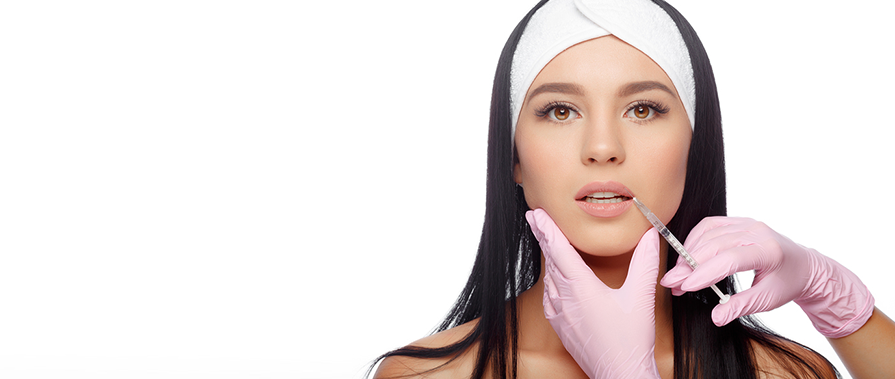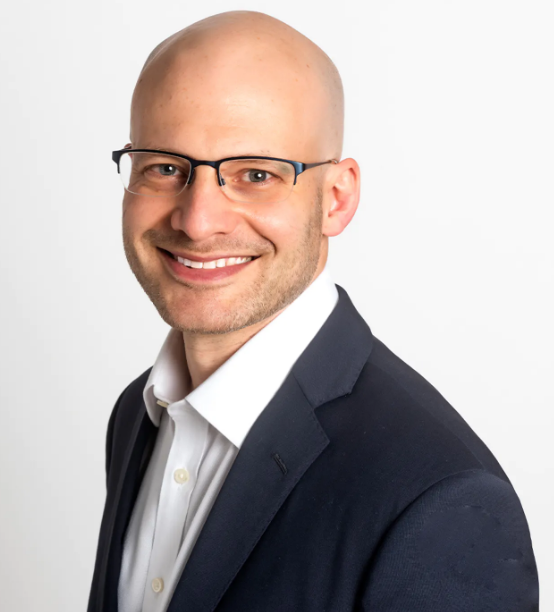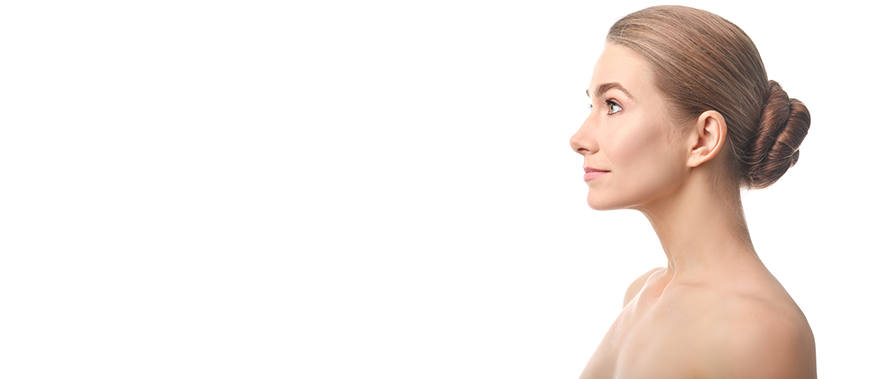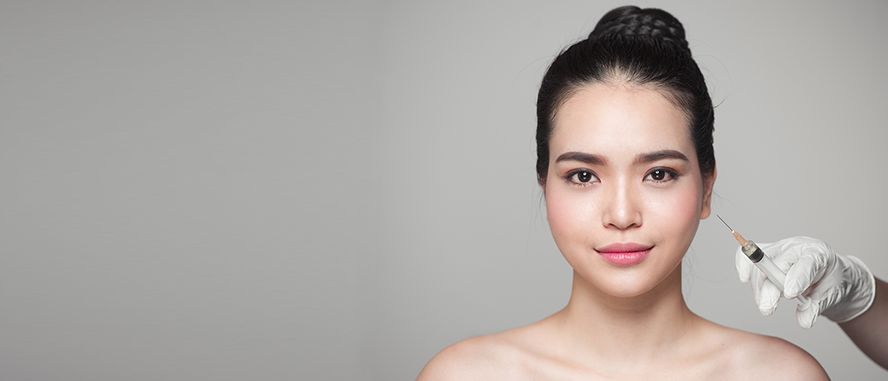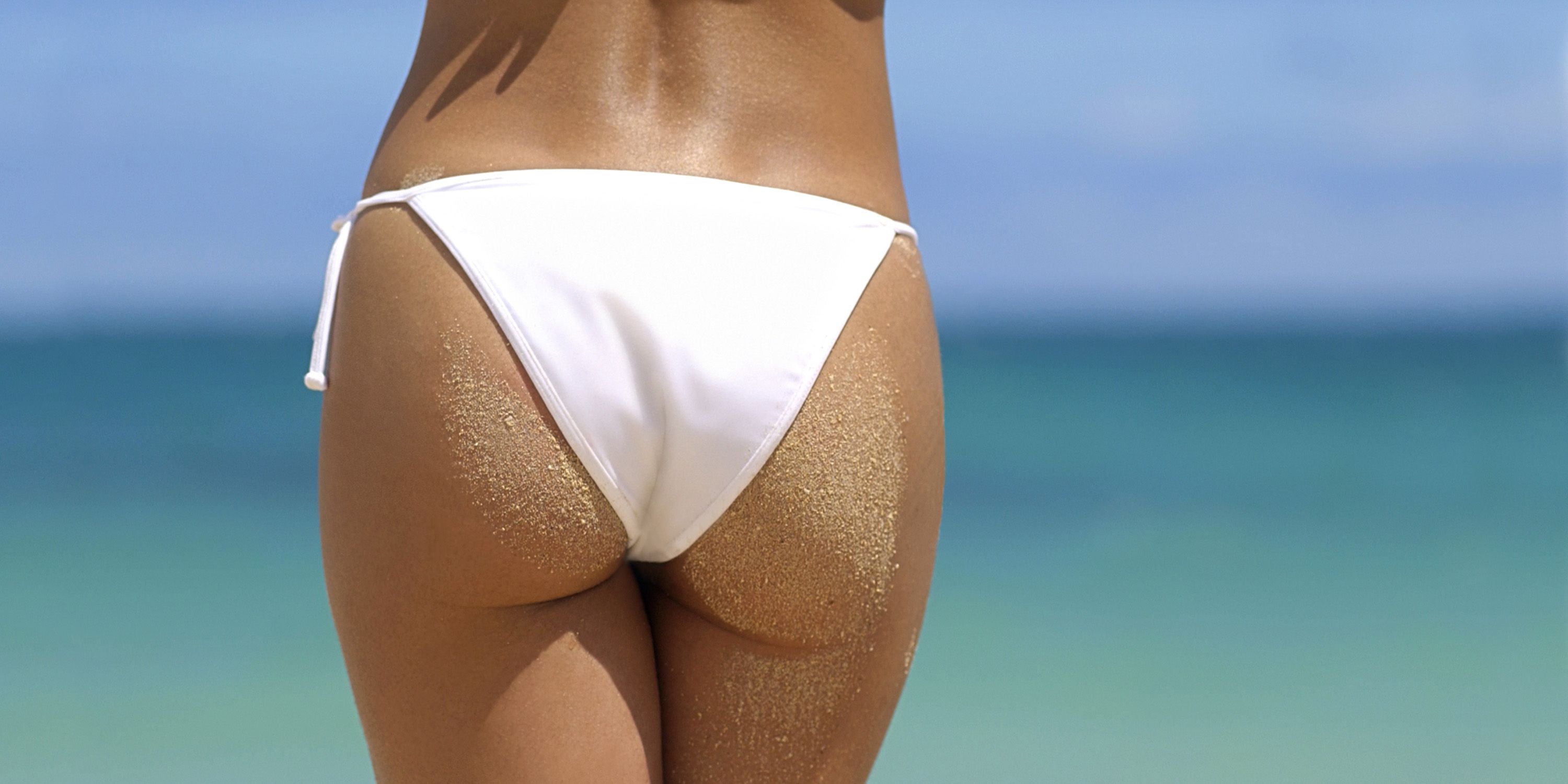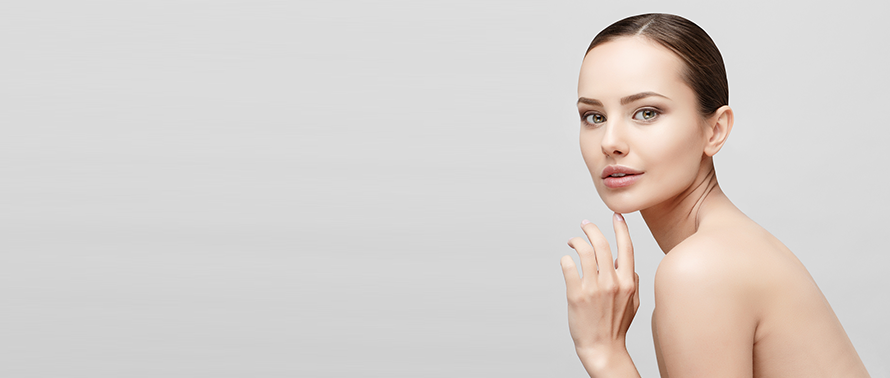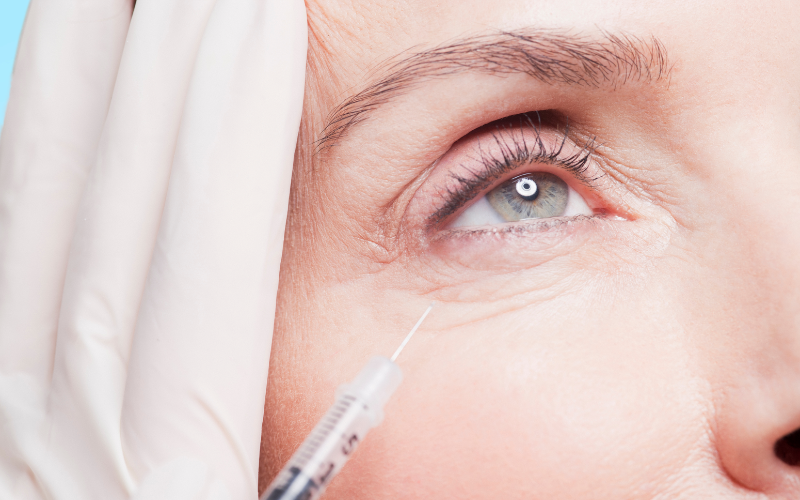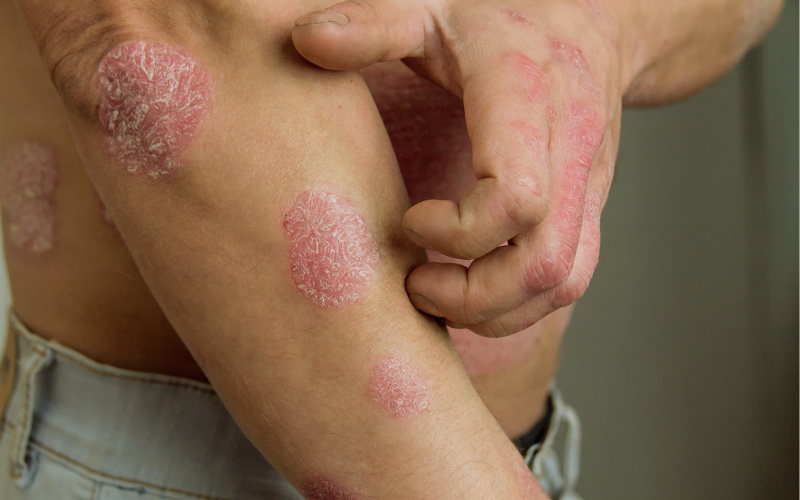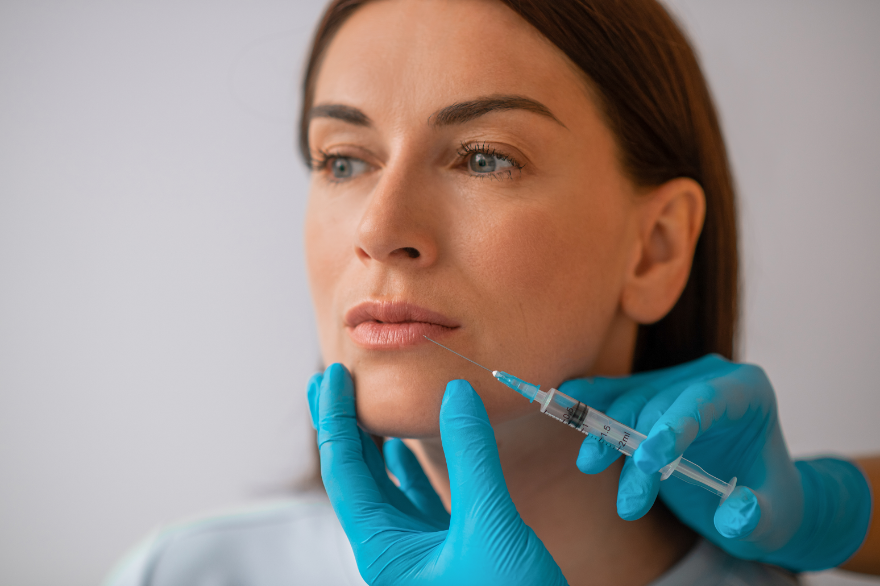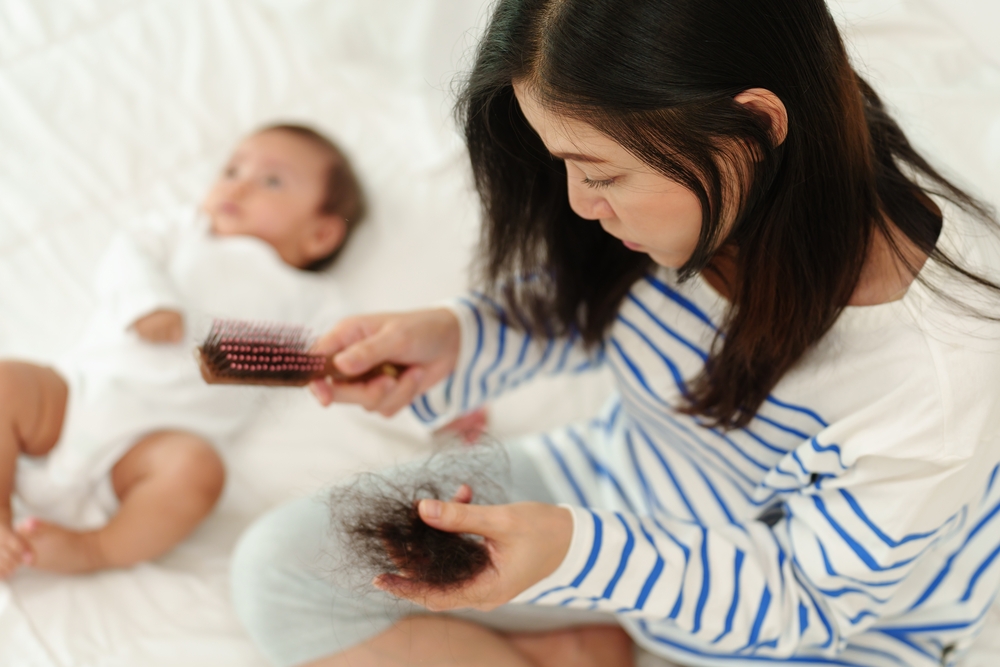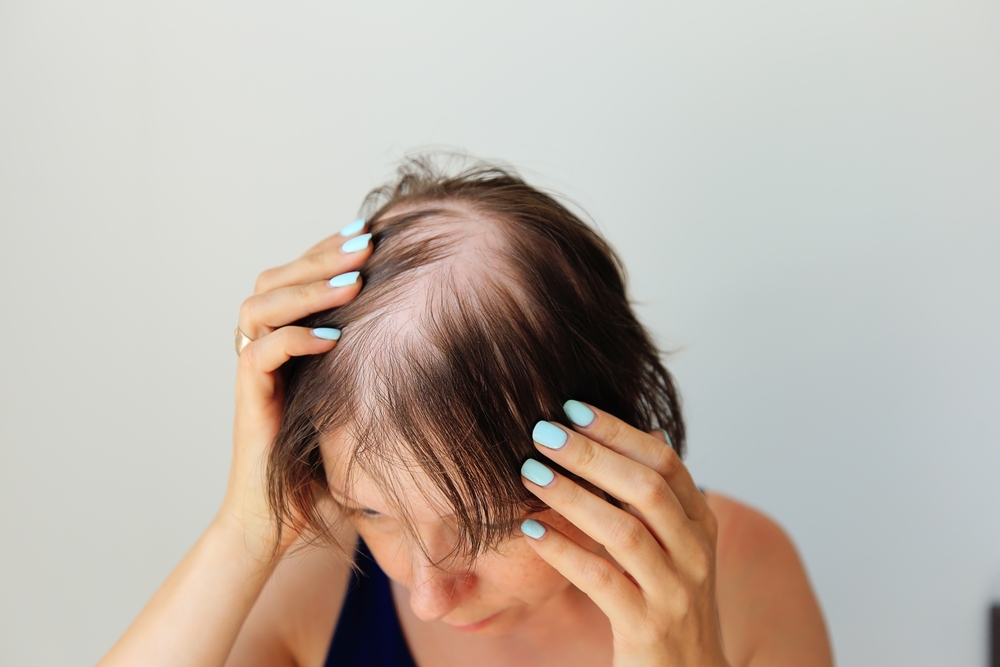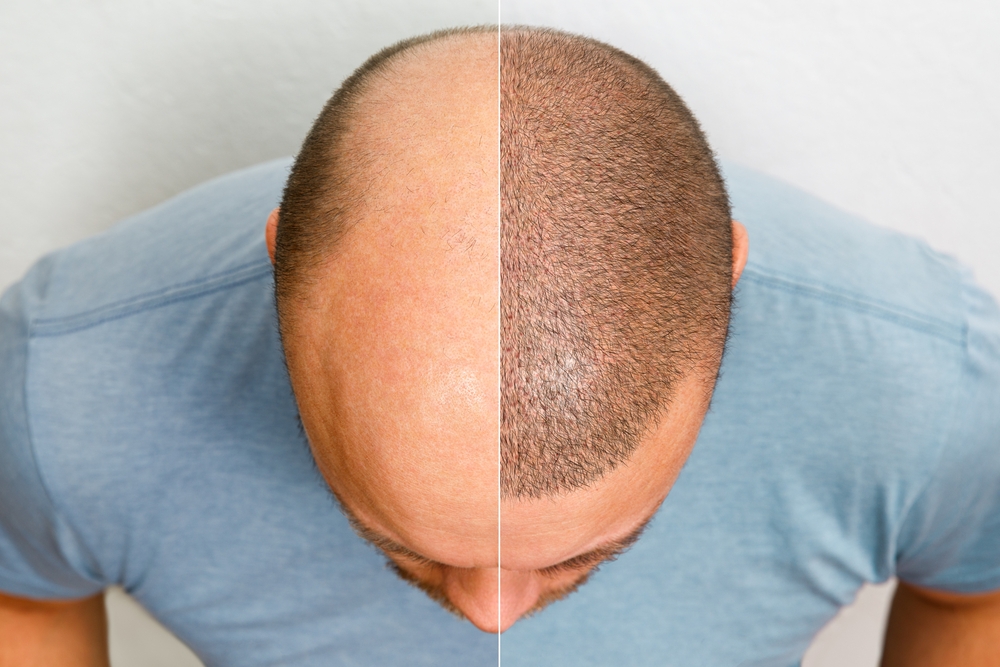Botox injections are a way to treat both medical and cosmetic concerns. These injections are incredibly popular for a variety of reasons. However, if you’ve never had a Botox injection before, you likely have a few questions before you get started.
One of the most common concerns people have about Botox is whether the treatments they receive will require significant recovery time and what they should do during that recovery time.
Botox recovery typically takes 24-48 hours and you can expect some light swelling at the injection sites. All in all, recovery is pretty fast in most cases. However, you still need to follow proper care after your procedure.
Botox Treatments Require Little to No Recovery Time
If you’re worried about Botox recovery, you’ll be pleased to know that these injections require little to no recovery time at all. In nearly every case, you can return to your normal activities immediately after receiving a Botox injection.
With that said, there are a few mild side effects you might notice after receiving your injection. The most common of those side effects is swelling near the injection site. However, after about 24 to 48 hours, you can expect swelling to subside.
Additionally, while recovery time is minimal, there are some important time frames to keep in mind. Most importantly, it’s best to avoid physical exercise for about four hours after receiving your Botox injection. Beyond that, Botox recovery is incredibly easy and fast.
Tips to Remember Following a Botox Treatment
Although Botox recovery is short and does not require much effort on your part, there are a few tips that you should keep in mind after receiving a Botox injection. Here are some of the guidelines we recommend:
- Don’t rub or agitate the area where you received the Botox injection.
- Remain upright for at least two hours following the injection.
- Don’t drink alcohol for 24 hours, both before and after your injection.
- Use a cold compress to treat any swelling and bruising that persists after the first 24 hours.
If you follow the advice in the list above, you should have no trouble recovering from Botox and ensuring that your injections are a success.
What Happens During a Botox Treatment?
Now that you know what to expect regarding Botox recovery, let’s learn a bit more about Botox in general. Botox injection treatments are relatively simple procedures.
First, your medical provider will identify the ideal injection area based on your goals. Next, they will use a needle to inject small amounts of botulinum toxin into your skin and muscles. The total number of injections will vary depending on the size of your treatment area.
Additionally, there are two main types of Botox that medical providers commonly use. The first, known as Type A, mainly treats cosmetic concerns like wrinkling. The second Botox type is called Type B and is better suited for treating medical concerns like muscle spasms.
How Long Do Botox Treatments Take?
Another fantastic benefit of Botox injections that adds to their popularity is that they don’t require too much time to perform. In fact, a typical Botox injection session will take just 20 minutes in most cases.
With that said, you’ll likely need to schedule multiple appointments for your Botox treatment, some of which may take longer than others. For example, your initial appointment will likely take longer as you’ll use it to express your goals and concerns with your Botox provider. Additionally, you’ll also need to schedule follow-up appointments after receiving your injection.
Do You Need to Do Botox More than Once?
Overall, Botox treatments are incredibly convenient. However, you will need to have more than one Botox treatment to ensure you achieve your intended goals.
The frequency of Botox treatments can vary. Some require repeat injections as often as every four months. However, it’s more common that your medical provider will advise you to repeat your Botox treatments every six months.
Are Botox Injections Safe?
After learning that the material used in Botox injections is called botulinum toxin, many people are quick to wonder whether this substance is harmful to human health. Fortunately, despite having a technical classification as a toxin, Botox is safe for nearly every person who wishes to use it.
However, before you schedule a Botox injection appointment or any other cosmetic or medical treatment, it’s always best to confer with your medical team to ensure complete safety. The good news is that for most people, Botox has proven to be completely safe to use.
Who Can Benefit from Botox Treatments?
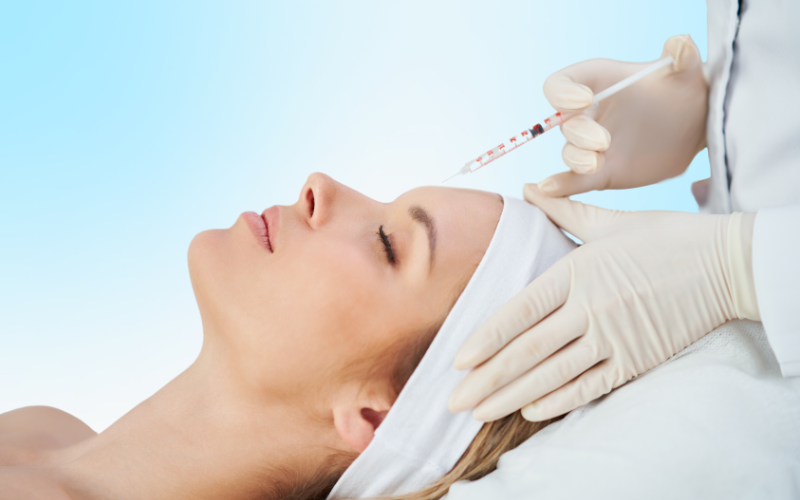
People often seek Botox injections as a way to treat cosmetic concerns. Most often, these people are interested in concealing or diminishing signs of aging. In these cases, Botox is effective for smoothing out wrinkles in several areas of your face, including your forehead, lips, chin, eyes, neck, and more.
However, Botox has applications that extend beyond the world of cosmetics. In many cases, Botox is a recommended treatment for several medical concerns. For example, people can use Botox to treat conditions such as crossed eyes, eyelid twitching, chronic migraines, overactive bladders, and more.
In addition, Botox is also a reliable way to relieve pain for many medical patients. For instance, those who suffer from back, neck, jaw, nerve, and pelvic pain may find some relief after receiving a Botox injection.
The broad applicability of Botox is part of the reason why it is so popular and well-known. However, before seeking any medical treatment on your own, it’s always best to confer with your physician to ensure you’re following the best treatment plan for you.
Want to Learn More about Botox Treatments?
If you live in the Boca Raton or Fort Lauderdale area, the best Botox treatment location you can choose is Sanctuary Medical Aesthetic Center. Contact us today to learn more about the many treatments we offer.






